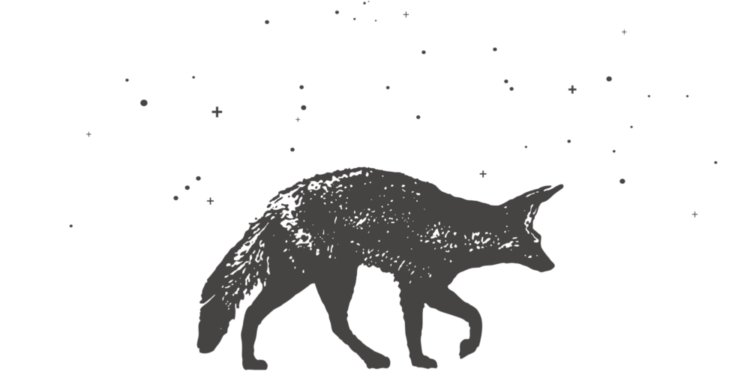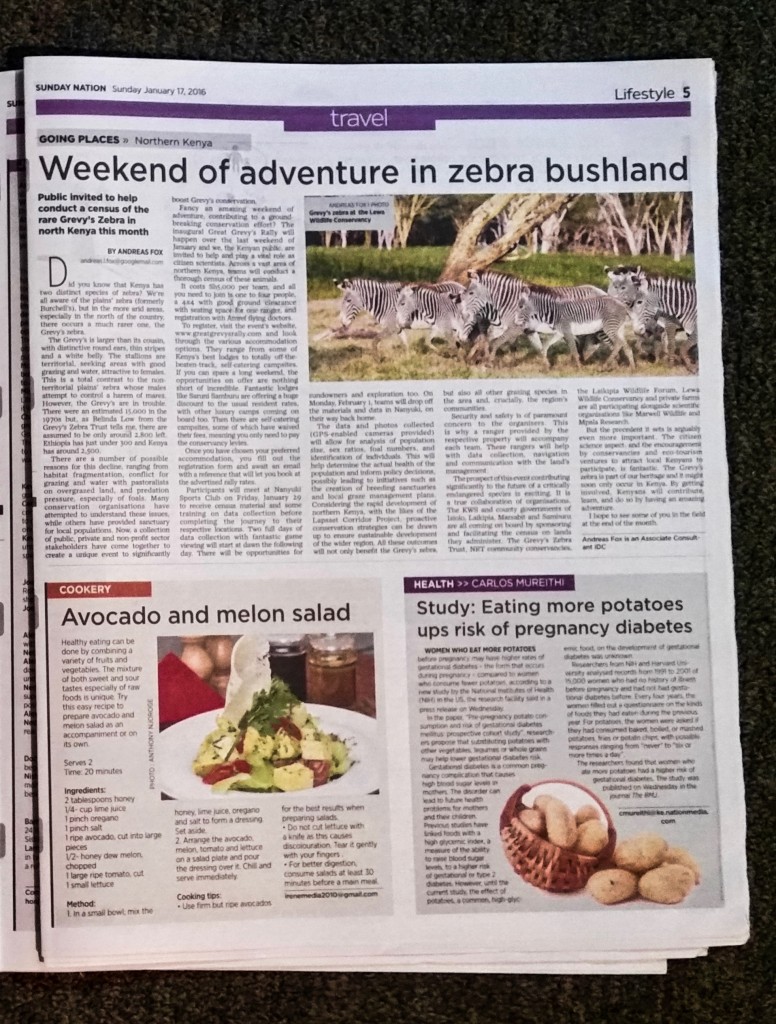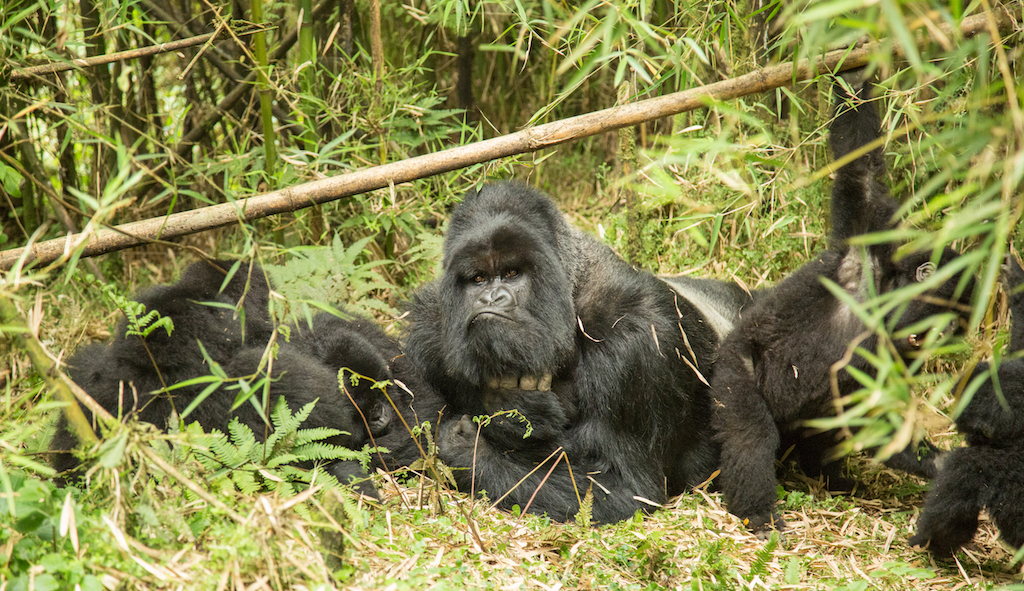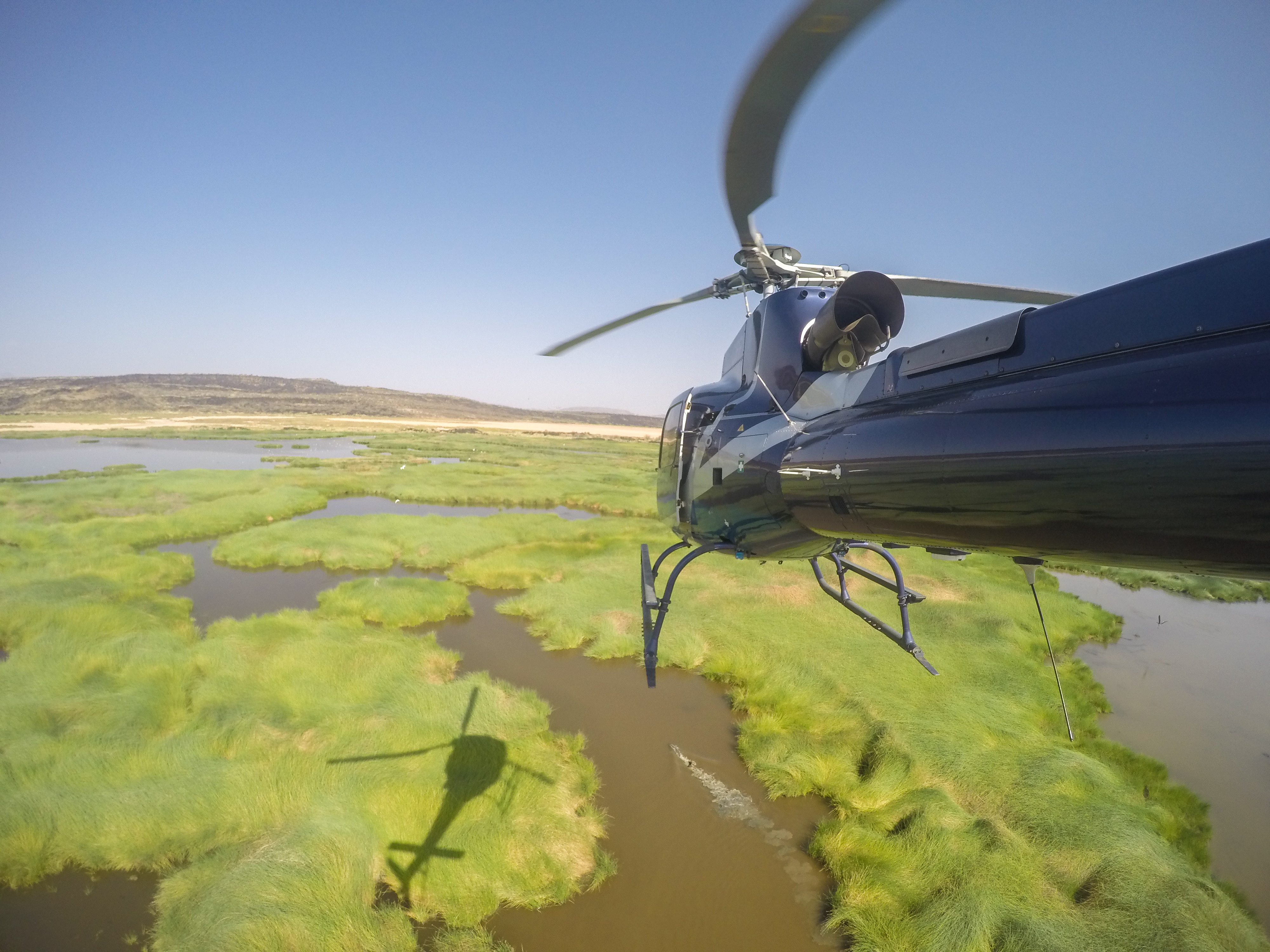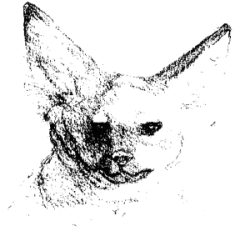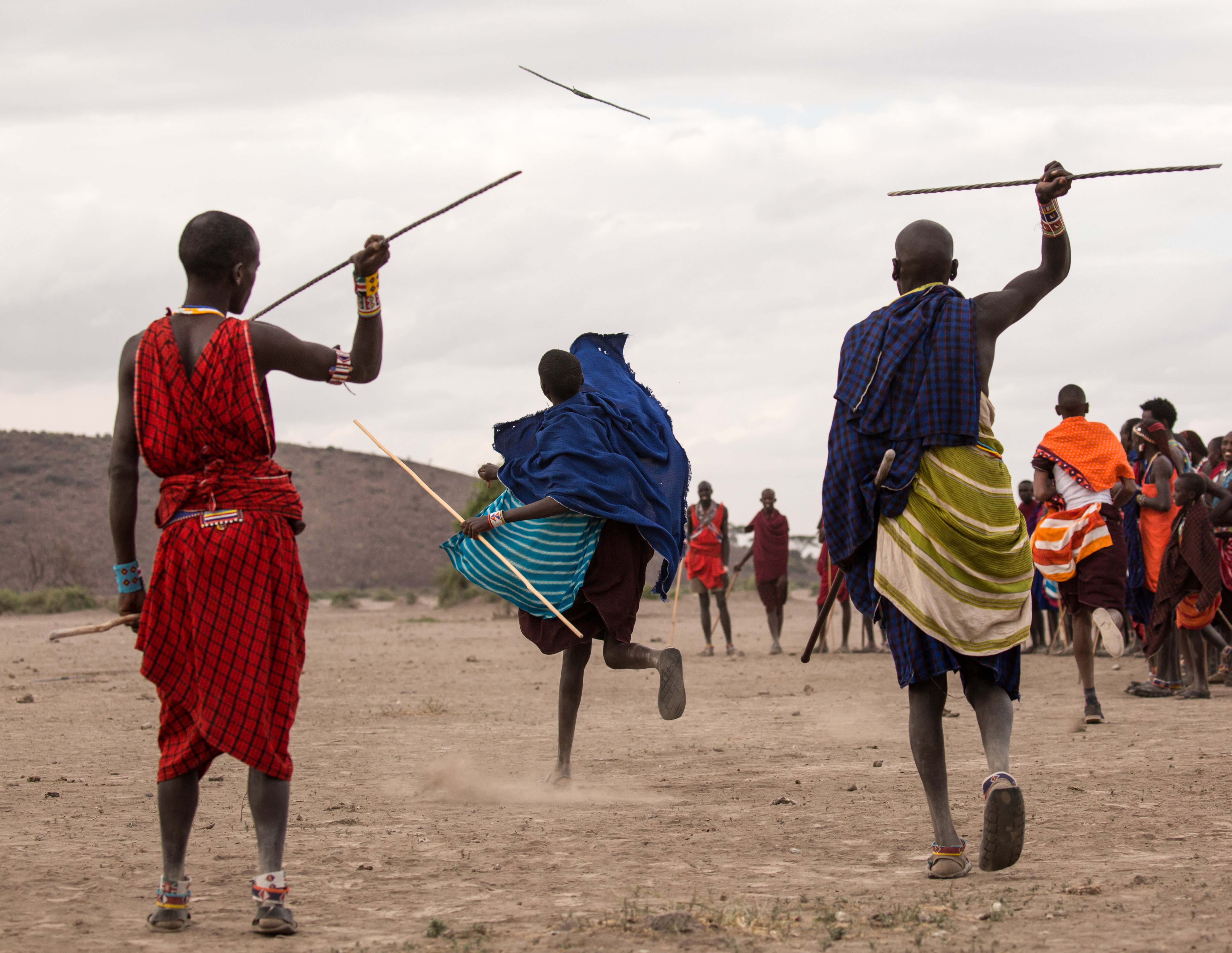Published in the Sunday Nation Newspaper, here is my ‘Going Places’ article on Kenya’s newest citizen science initiative to protect the endangered Grevy’s zebra.
The Great Grevy’s Rally
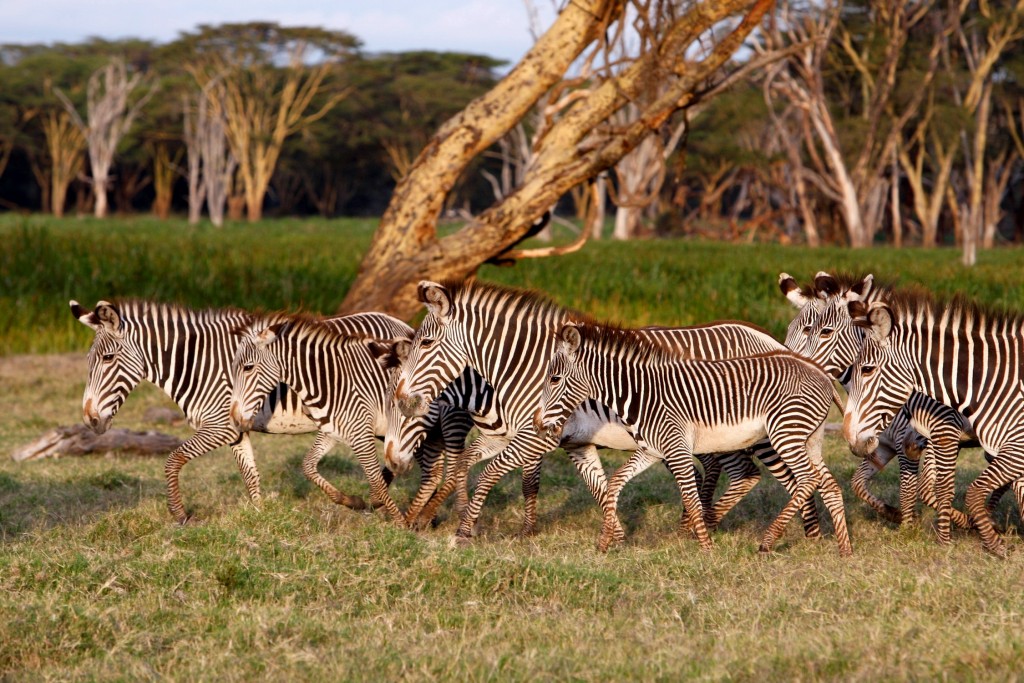
Did you know that Kenya has two distinct species of zebra? We’re all aware of the plains’ zebra (formerly Burchell’s), but in the more arid areas, especially in the north of the country, there occurs a much rarer one, the Grevy’s zebra.
The Grevy’s is larger than its cousin, with distinctive round ears, thin stripes and a white belly. The stallions are territorial, seeking areas with good grazing and water, attractive to females. This is a total contrast to the non-territorial plains’ zebra whose males attempt to control a harem of mares. However, the Grevy’s are in trouble. There were an estimated 15,000 in the 1970s but, as Belinda Low from the Grevy’s Zebra Trust tells me, there are assumed to be only around 2,800 left. Ethiopia has just under 300 and Kenya has around 2,500.
There are a number of possible reasons for this decline, ranging from habitat fragmentation, conflict for grazing and water with pastoralists on overgrazed land, and then predation pressure, especially of foals. Numerous conservation organisations have attempted to understand these issues, while others have provided sanctuary for local populations. Now, a collection of public, private and non-profit sector stakeholders have come together to create a unique event to significantly boost Grevy’s conservation.
Fancy an amazing weekend of adventure, contributing to a groundbreaking conservation effort? The inaugural ‘Great Grevy’s Rally’ will happen over the last weekend of January and we, the Kenyan public, are invited to help and play a vital role as citizen scientists. Across a vast area of Northern Kenya, teams will conduct a thorough census of these animals.
It costs Ksh.5,000 per team, and all you need to join is one to four people, a 4×4 with good ground clearance with seating space for one ranger, and registration with AMREF flying doctors.
To register, visit the event’s website, www.greatgrevysrally.com, and look through the various accommodation options. They range from some of Kenya’s best lodges to totally off-the-beaten-track, self-catering campsites. If you can spare a long weekend, the opportunities on offer are nothing short of incredible. Fantastic lodges like Saruni Samburu are offering a huge discount to the usual resident rates, with other luxury camps coming on board too. Then there are self-catering campsites, some of which have waived their fees, meaning you only need to pay the conservancy levies.
Once you have chosen your preferred accommodation, you fill out the registration form and await an email confirmation with a reference that will let you book at the advertised rally rates.
Participants will meet at the Nanyuki Sports Club on Friday 29th January to receive census material and some training on data collection before completing the journey to their respective locations. Two full days of data collection with fantastic game viewing will start at dawn the following day. There will be opportunities for sundowners and exploration too. On Monday 1 February, teams will then drop off the materials and data in Nanyuki, on their way back home.
The data and photos collected (GPS-enabled cameras provided) will allow for analysis of population size, sex ratios, foal numbers, and identification of individuals. This will help determine the actual health of the population and inform policy decisions, possibly leading to initiatives such as the creation of breeding sanctuaries and local graze management plans. Considering the rapid development in Northern Kenya, with the likes of the LAPSSET Corridor Project, proactive conservation strategies can be drawn up to ensure sustainable development of the wider region. All these outcomes will not only benefit the Grevy’s zebra, but also all other grazing species in the area and, crucially, the region’s communities.
Security and safety is of paramount concern to the organisers. This is why a ranger provided by the respective property will accompany each team. These rangers will help with data collection, navigation and communication with the land’s management.
The prospect of this event contributing significantly to the future of a critically endangered species is exciting. It is a true collaboration of organisations. The KWS and County Governments of Isiolo, Laikipia, Marsabit and Samburu are all coming on board by sponsoring and facilitating the census on lands they administer. The Grevy’s Zebra Trust, NRT community conservancies, the Laikipia Wildlife Forum, Lewa Wildlife Conservancy and private farms, are all participating alongside the scientific organisations including Marwell Wildlife and Mpala Research, etc.
However, the precedent it sets is arguably even more important. The citizen science aspect, and the encouragement by conservancies and eco-tourism ventures to attract local Kenyans to participate, is fantastic. The Grevy’s zebra is part of our heritage and it might soon only occur in Kenya and nowhere else in the world. By getting involved, Kenyans will contribute, learn, and do so by having an amazing adventure.
I hope to see some of you in the field at the end of the month.
